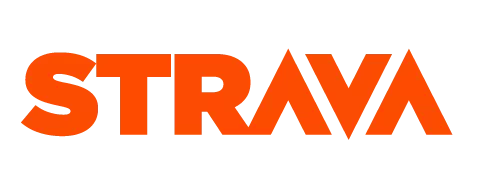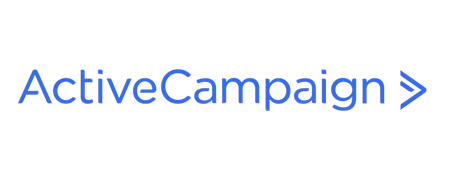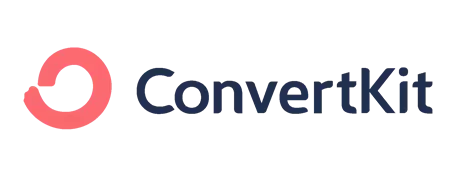I've always thought my weaknesses were what held me back. If I could just fix those areas, be more consistent with marketing, get better at social engagement, be more proactive with outreach, then everything else would click into place.
But lately, I’ve realized something different. My weaknesses aren’t actually the problem. It’s the things I don’t even realize I’m doing, or avoiding, that quietly get in the way of growth.
Continue reading the full post or listen to the audio version on our podcast, or watch the video version on Youtube.
This idea of strengths, weaknesses, and blind spots feels like a useful lens for how I think about my own work at Training Tilt, and how coaches can think about growing their businesses too.
Strengths: The Foundation We Forget About
As a software developer, my natural tendency is to build, systemize, and solve problems. I can lose hours in the flow of building something new, that’s my comfort zone, my strength.
But I’ve learned that strengths often become invisible because they feel easy. We don’t always value the things that come naturally to us. For me, being analytical and thoughtful is second nature, but that same trait can make me overthink decisions or delay action.
For endurance coaches, strengths often look like the parts of coaching that feel effortless, connecting with athletes, building training plans, or motivating people. Those are superpowers. The trick is to recognise them as such and intentionally build your business around them instead of chasing every new thing you think you should do.
When we build from strengths, growth feels lighter, not forced.
Weaknesses: The Manageable Stuff
Weaknesses are the things we know we’re not great at. For me, that’s social interaction. I can communicate well when I need to, but it takes a lot out of me. I often avoid too much social interaction, even though deep down, I know that connecting with people is where the real insights and relationships come from.
That’s a weakness, but it’s a known one. And that means I can design around it. I can schedule time for interpersonal engagement when I have the most energy, automate communication where possible, and build systems that keep me connected without draining me.
For coaches, it might be something like marketing. Some coaches know they’re not doing enough of it, they’re aware it’s a weakness, and that’s okay. Awareness means you can plan around it: batch content, schedule social posts, or use tools to simplify marketing so you can stay visible without burning out.
A weakness is just a design challenge, not a personal flaw.
Blind Spots: The Real Limiters
Blind spots are different. They’re the patterns we don’t see in ourselves, the habits, reactions, or assumptions that quietly hold us back because we’re not even aware of them.
For me, this is something I’m only beginning to consider. After more than ten years of building Training Tilt, I’ve sometimes felt stuck. I'm starting to understand more about myself. Partly because of experience, partly because of age, and partly because I’ve spent so long in the same groove. I’m only just starting to find my feet around this idea of blind spots.
When someone challenges something I’ve built or suggests an idea that contradicts my assumptions, my first reaction is often defensiveness. It’s almost automatic, I feel that resistance rise before I even think about it. That defensiveness might be a clue about a blind spot: maybe I’m too attached to certain ways of thinking, or I’ve tied part of my identity to the things I’ve created.
For coaches, blind spots show up all the time too. One of the biggest I see is around marketing. Some coaches genuinely believe that marketing is bad, that promoting themselves somehow cheapens the authenticity of coaching, that "My results sell themselves!".
But that’s a blind spot, not a weakness. Because in reality, marketing is communication. It’s how you reach the athletes who need your help most. And zero businesses, coaching or otherwise, thrive long-term without it.
Blind spots are sneaky because they hide behind the stories we tell ourselves that feel true.
What stories might you be telling yourself? Are they really true?
How to Start Seeing Blind Spots
Maybe the only way to deal with blind spots is to look for them gently, curiously. For me, I need to start paying attention to when I feel resistance. If someone gives feedback and my first instinct is to explain or defend, I should pause and ask: why does that bother me? Maybe, the discomfort is a clue that I’ve hit something worth exploring.
Coaches can do the same. Notice what topics you tend to avoid. Do you roll your eyes when people talk about branding or sales funnels? Do you dismiss the idea of building community because athletes just want plans? Those reactions might not be wrong, but they’re worth examining.
Blind spots don’t disappear just because we work harder. They fade when we become more curious.
Awareness Over Perfection
Maybe growth, both personal and professional, as a process of self-awareness rather than self-correction.
- Strengths are where you should double down.
- Weaknesses are where you should design systems.
- Blind spots are where you should look closer.
The goal isn’t to be perfect; it’s to see yourself clearly enough to make intentional choices.
For coaches, that might mean building your business around your strengths as a communicator or motivator, using tools to manage your admin weaknesses, and staying open to seeing the blind spots that might be holding you back from real growth.
For me, it means continuing to look at where I get defensive, where I avoid connection, and where I can trust others more in the process of building Training Tilt.
Maybe growth isn’t about fixing ourselves at all, maybe it’s about learning to see ourselves fully.
At Training Tilt I'm trying to build tools that help endurance coaches use their own patterns, to simplify what’s hard, strengthen what works, and make more space for the parts of coaching that matter most.
Because weaknesses aren’t your weakness. It’s what you don’t see that keeps you stuck, and awareness is the first step to moving forward.
Take our Free "Authentic" Marketing Course for Coaches
Designed for endurance sport coaches. Marketing doesn't need to be pushy. The best marketing simply creates a win-win relationship between you and your customers. Take the simple 6 part course to learn more.













